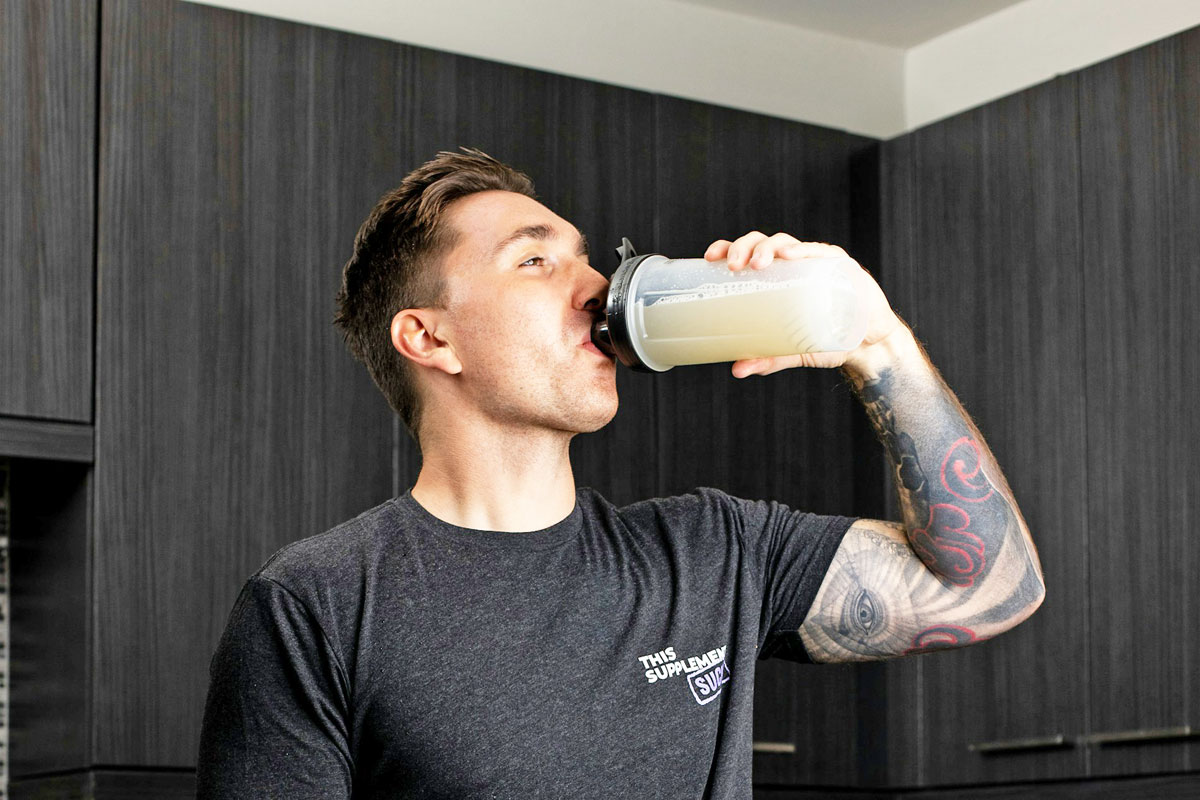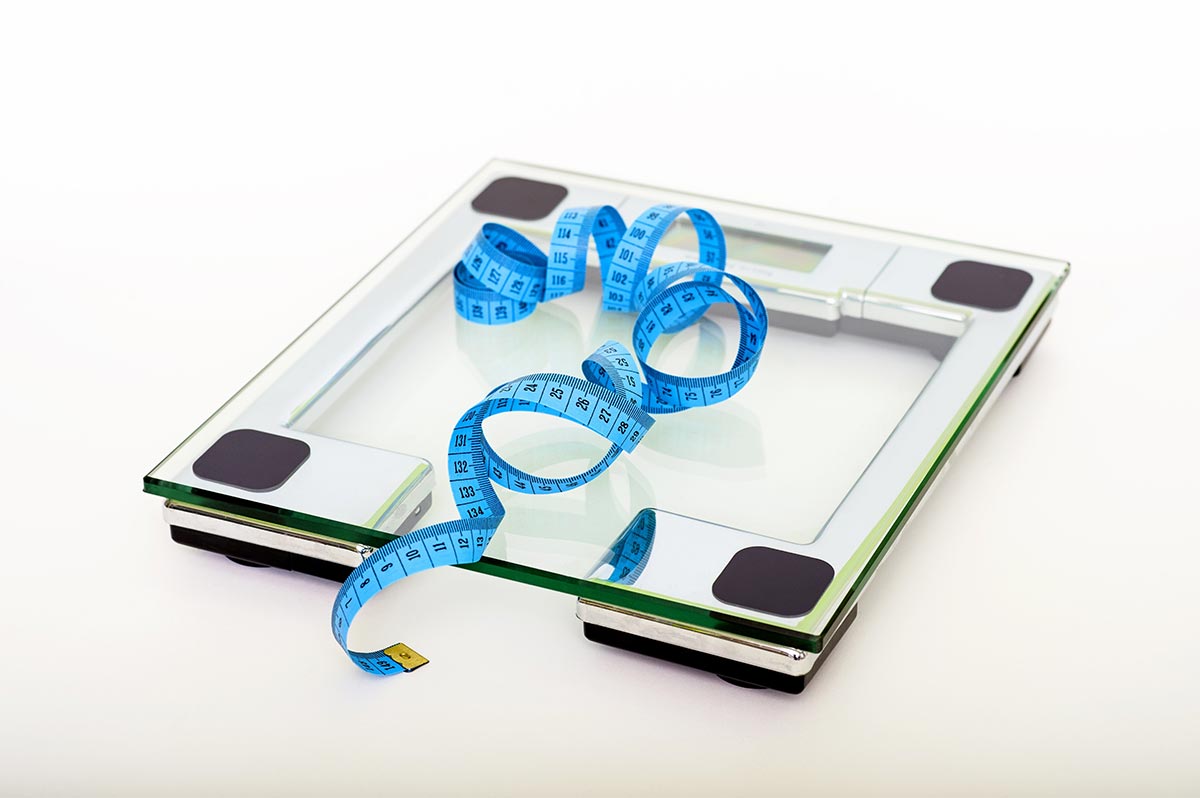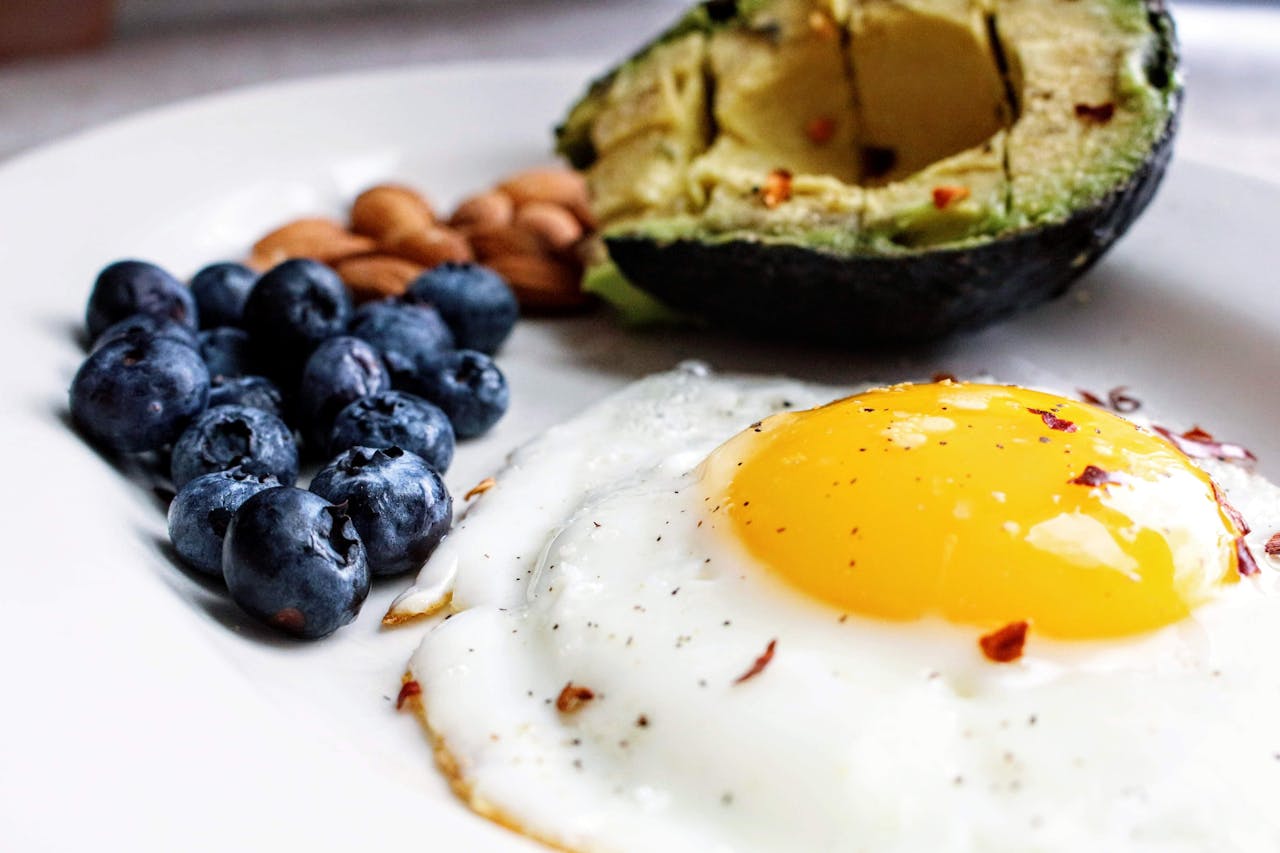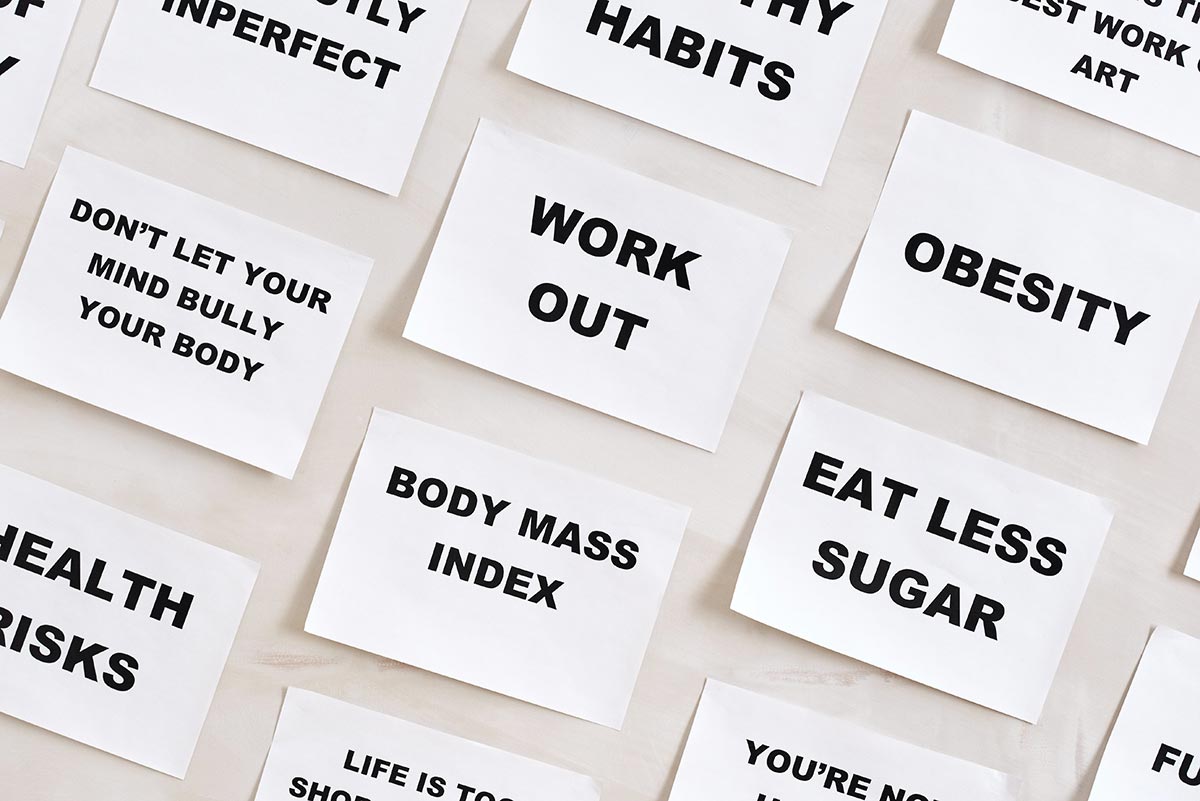Protein shakes and digestive sabotage
In a world obsessed with protein shakes, low-fat dairy, and "clean bulking," few topics are as ironically overlooked as lactose intolerance. For a condition that affects nearly 75% of the global population, you’d think we’d talk about it more often—especially in the temples of modern muscle: gyms. But here we are, with fitness enthusiasts chugging whey shakes and wondering why their guts sound like a malfunctioning espresso machine. While the biological roots of lactose intolerance are universal, how it's perceived, discussed, and dealt with differs wildly between countries. Let’s take a closer look at three fitness-driven nations: the United States, the United Kingdom, and Canada.
The United States: denial in a protein jug
In the United States, lactose intolerance is a statistical reality and a cultural denial. African Americans, Asian Americans, Native Americans, and Latinx populations all have high prevalence rates—up to 90% in some subgroups. Yet the public narrative, propped up by decades of aggressive dairy lobbying, still clings to the belief that milk is nature’s perfect food, especially for growing strong bodies. Got milk? Sure—but also got gas, cramps, and bloating.
In fitness culture, whey protein has long been the king of post-workout rituals. Muscle magazines still show bodybuilders flexing next to gallon jugs of milk. However, with the rise of veganism, plant-based protein, and Silicon Valley-style biohacking, cracks are forming in the whey-dominated landscape. Brands like Orgain, Vega, and Garden of Life have taken the lead in offering plant-based, lactose-free products that no longer taste like soggy cardboard.
Still, awareness is patchy. Many gym-goers don’t realize that the protein bar they devoured between deadlifts might contain hidden milk sugars—or that their bloating isn’t just "normal post-leg-day digestion." There’s progress, but America’s cultural resistance to acknowledging lactose intolerance remains one of the fitness industry’s more inconvenient truths.
The United Kingdom: tradition meets gut trouble
Across the Atlantic, in the United Kingdom, the situation is different—but no less absurd. Here, lactose intolerance is often conflated with irritable bowel syndrome, vague digestive complaints, or simply having a "sensitive stomach." Tea with milk isn’t just a drink—it’s a ritual, a birthright, practically a civil duty. And so, suggesting that you don’t tolerate milk can feel like declaring a mild form of treason.
That said, around 15 to 20 percent of Britons report dairy sensitivity, whether officially diagnosed or self-perceived. The medical establishment is cautious—some might say dismissive—of casual self-diagnosis, but awareness is growing. Veganism, particularly among younger Brits, has helped normalize dairy-free alternatives. Supermarkets like Tesco and Sainsbury’s offer a wide range of lactose-free and plant-based products, and brands like MyProtein now include vegan lines.
Still, the social stigma persists in subtle ways. Asking for oat milk at the local gym café might get you an arched eyebrow and a quiet sigh. Britain, after all, excels at polite judgment. In gyms, whey protein remains dominant, but quiet shifts are underway—especially in urban centers like London or Manchester where diversity, food allergies, and wellness culture intersect.
Canada: tolerance, science, and oat milk
Then there’s Canada, a curious blend of American pragmatism and European nuance. Here, the conversation around lactose intolerance is refreshingly transparent. Due to Canada’s multicultural makeup—including large East Asian, South Asian, African, and Indigenous communities—lactose intolerance is treated not as an oddity but as a common dietary consideration.
The Canadian Food Guide was dramatically revised in 2019, effectively removing dairy as a required food group. This was a nutritional mic drop that sent shockwaves through the North American dairy industry—and made space for serious dialogue about intolerance and alternatives. In fitness, this translates to increased availability of dairy-free shakes, enzyme supplements, and lactose-free meal prep services. In cities like Toronto and Vancouver, gym cafés routinely offer almond, oat, soy, and even pea milk options.
Unlike in the US, where dairy-free may be seen as a political statement, or the UK, where it might earn you awkward silence, in Canada it’s just… normal. Trainers are more likely to ask about dietary restrictions during onboarding. Labels are clearer. And the overall vibe is less shame, more science.
Global bodies, local bellies
Taken together, these national attitudes highlight not just the physiology of lactose intolerance, but the psychology of how we treat digestive health in public. Americans downplay it in favor of rugged body ideals. Brits quietly endure it for the sake of tradition and tea. Canadians manage it like adults with access to dietary facts.
In the gym context, this makes a real difference. A fitness athlete who’s struggling with bloating, inflammation, or irregular digestion might assume they’re overtraining, eating too much fiber, or need another probiotic. But sometimes it’s simpler: your whey shake is fighting back.
Bottom line: it’s not a weakness — it’s feedback
The broader takeaway? Lactose intolerance isn’t a weakness, and it doesn’t make you any less fit, disciplined, or serious about your goals. In fact, ignoring it may sabotage your recovery, body composition, or performance—ironically, all the things you’re working so hard to improve.
Whether you're in a Los Angeles mega-gym, a Yorkshire CrossFit box, or a Montréal spin studio, the truth is the same: listening to your gut isn’t just a metaphor. It’s a survival skill. And maybe, just maybe, that oat milk latte is a step toward actual progress—not just for your abs, but for your quality of life.













